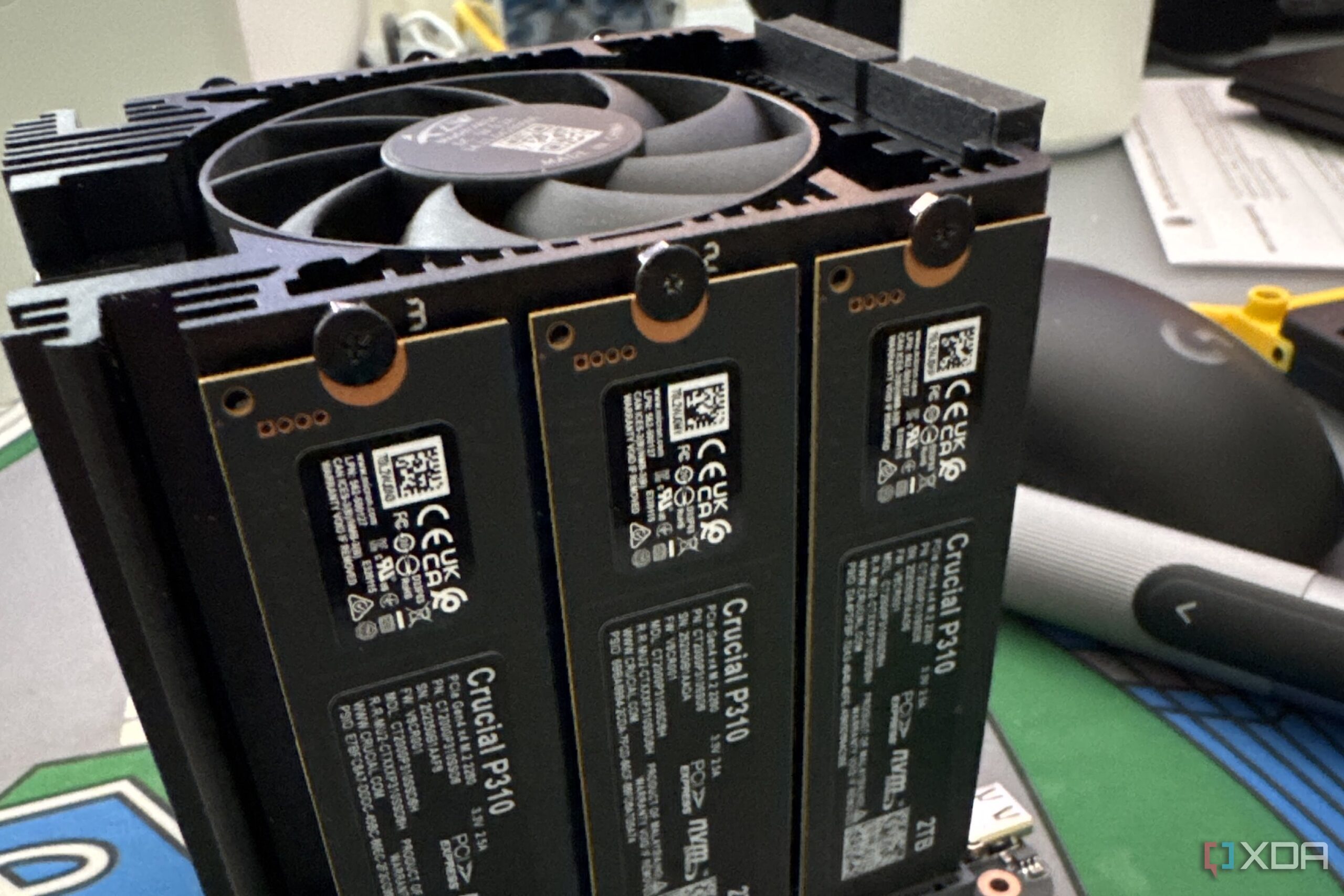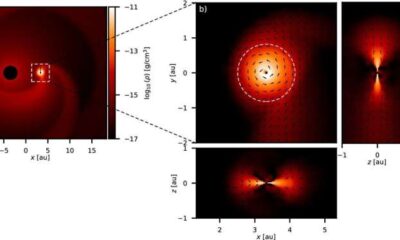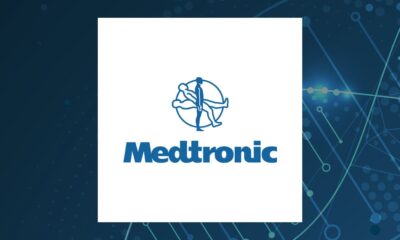Politics
Home Network Revolution: How a NAS Became Essential

For many households, a Network Attached Storage (NAS) device has become a cornerstone of digital life. Over the past seven years, one user’s experience highlights how a NAS has transitioned from a simple storage solution to an integral component of home management. Originally purchased to serve as a home media server, the NAS has evolved into a multifaceted tool that manages backups, smart home devices, and personal data.
This user’s journey with NAS began with a modest setup featuring a 3TB hard drive. Since then, the device has transformed significantly, with multiple upgrades leading to its current configuration, which includes multiple enclosures and a variety of storage technologies. The initial NAS has been replaced several times, but the data it has housed continues to thrive across different models and configurations.
From Basic Storage to Centralized Management
Initially, the primary goal of acquiring the NAS was to create a home media server. The user aimed to safeguard physical media collections and reduce the cost of streaming subscriptions. Over time, the NAS expanded its role significantly. With the increasing amount of personal data, including family device backups and cloud storage, the NAS has become essential for managing digital life.
The user employs a combination of technologies, including TrueNAS running on a Proxmox host, to ensure the integrity and availability of data. This setup utilizes ZFS for storage management, enabling efficient snapshot creation. Snapshots are scheduled to occur six times an hour, balancing the need for data recovery with storage capacity.
One innovative aspect of the system is its redundancy. Snapshots are sent to a Synology NAS, which utilizes a two-drive redundancy hybrid RAID configuration, ensuring that pristine copies of data are always available, even in the event of a complete system failure.
Smart Home Integration and Future Plans
The NAS also plays a crucial role in managing smart home devices. By running Home Assistant in a virtual machine, the user can control various smart devices through a single interface, independent of cloud services. This setup guarantees that, as long as the NAS and local network have power, smart home functionalities remain operational.
With a quad-core Xeon CPU powering one of the NAS units, the user has also utilized this device for home lab experiments, further enhancing its utility. While the current setup sufficiently meets demands, there are plans to build a dedicated workstation or server in the near future to accommodate growing computational needs.
The user has shifted away from relying on personal computers for media hosting, a transition that has resolved previous bandwidth issues. By offloading documents and media to the NAS, the household has experienced improved performance across devices, particularly in latency-sensitive applications like online gaming.
As the user reflects on the journey, the initial investment in NAS technology has proven worthwhile. With ongoing needs for storage expansion, there are plans to add another enclosure to the system. The NAS has not only streamlined data management but has also saved time and reduced stress associated with digital organization.
The user’s experience serves as a testament to the evolving role of NAS devices in modern homes. As technology continues to advance, the necessity for reliable and efficient data management solutions like NAS will only grow, making them an invaluable part of everyday life.
-

 Science1 month ago
Science1 month agoOhio State Study Uncovers Brain Connectivity and Function Links
-

 Politics2 months ago
Politics2 months agoHamas Chief Stresses Disarmament Tied to Occupation’s End
-

 Science1 month ago
Science1 month agoUniversity of Hawaiʻi Joins $25.6M AI Project for Disaster Monitoring
-

 Entertainment1 month ago
Entertainment1 month agoMegan Thee Stallion Exposes Alleged Online Attack by Bots
-

 Science4 weeks ago
Science4 weeks agoALMA Discovers Companion Orbiting Giant Star π 1 Gruis
-

 Science2 months ago
Science2 months agoResearchers Challenge 200-Year-Old Physics Principle with Atomic Engines
-

 Entertainment1 month ago
Entertainment1 month agoPaloma Elsesser Shines at LA Event with Iconic Slicked-Back Bun
-

 World1 month ago
World1 month agoFDA Unveils Plan to Cut Drug Prices and Boost Biosimilars
-

 Top Stories2 months ago
Top Stories2 months agoFederal Agents Detain Driver in Addison; Protests Erupt Immediately
-

 Business1 month ago
Business1 month agoMotley Fool Wealth Management Reduces Medtronic Holdings by 14.7%
-

 Entertainment1 month ago
Entertainment1 month agoBeloved Artist and Community Leader Gloria Rosencrants Passes Away
-

 Science2 months ago
Science2 months agoInnovator Captures Light at 2 Billion Frames Per Second








